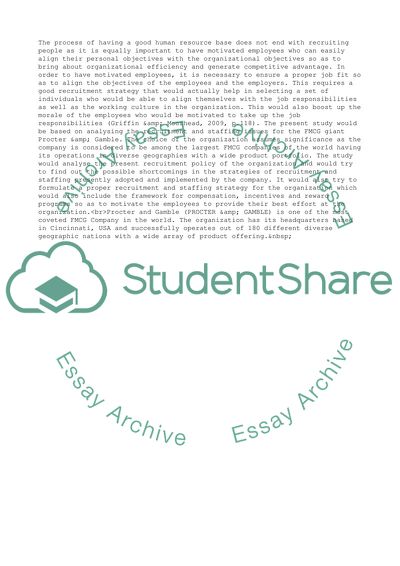Cite this document
(Strategic Sales Management in Procter and Gamble Company Research Paper - 1, n.d.)
Strategic Sales Management in Procter and Gamble Company Research Paper - 1. Retrieved from https://studentshare.org/management/1750726-strategic-sales-management
Strategic Sales Management in Procter and Gamble Company Research Paper - 1. Retrieved from https://studentshare.org/management/1750726-strategic-sales-management
(Strategic Sales Management in Procter and Gamble Company Research Paper - 1)
Strategic Sales Management in Procter and Gamble Company Research Paper - 1. https://studentshare.org/management/1750726-strategic-sales-management.
Strategic Sales Management in Procter and Gamble Company Research Paper - 1. https://studentshare.org/management/1750726-strategic-sales-management.
“Strategic Sales Management in Procter and Gamble Company Research Paper - 1”, n.d. https://studentshare.org/management/1750726-strategic-sales-management.


